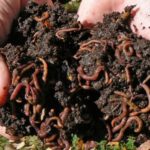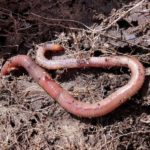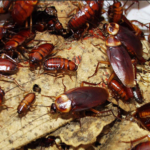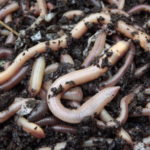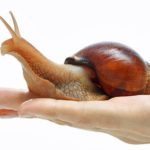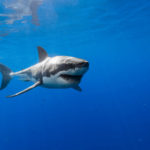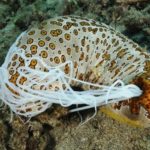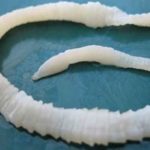28 interesting leech facts
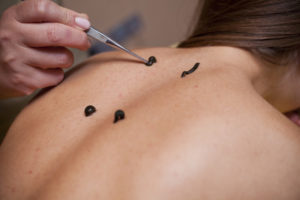 Few leeches cause warm feelings. These creatures, feeding on blood, seem unpleasant and even nasty to most people. But not everyone knows that they are widely used in medicine, and their useful properties have been known to people since ancient times. But even now, despite the development of science, the treatment of a number of problems with leeches does not lose its relevance.
Few leeches cause warm feelings. These creatures, feeding on blood, seem unpleasant and even nasty to most people. But not everyone knows that they are widely used in medicine, and their useful properties have been known to people since ancient times. But even now, despite the development of science, the treatment of a number of problems with leeches does not lose its relevance.
In total there are about 650 of their species in the world.
Only one of them, a medical leech, is used for treatment.
From a zoological point of view, leeches belong to annelids. For example, ordinary earthworms, and abundance creeping to the surface after each rain, are related creatures.
In the head segment contains about 15 thousand neurons. For comparison, an ordinary bee has about 60 times more.
Without exception, all types of leeches are predators.
The leeches have not two but three jaws, and on each of them there are many tiny, but very sharp teeth.
A bloodsucking medical leech can increase in size tenfold.
On average, a leech is absorbed for about an hour, absorbing during this time about a tablespoon of blood.
After a person bites, a small Y-shaped wound remains on the skin.
After a drink, a bloodsucking medical leech may not be fed after this until 5-6 months.
Leech bites are not painful, but the wound left after them can bleed for up to 5-10 hours.
Apparently, the first use of leeches for medical purposes began in Ancient India, about 3 thousand years ago. The ancient Greeks were also aware of the beneficial properties of these creatures.
In many countries, leeches are grown for medical purposes on special farms.
The neurons of these creatures were used to create the Leechulator biocomputer.
Weather can be predicted from leeches, since when the pressure drops, the water in which they live absorbs less oxygen, and leeches are selected on land.
Dried and crushed leeches are widely used in Chinese traditional medicine.
In the 18-19 centuries, so many medical leeches were exported from the Russian Empire to other countries that trade in them brought substantial revenue to the state treasury.
Napoleon’s army, the one that invaded Russia during World War II, procured millions of leeches for treatment.
Once in Russia, medical leeches were used to relieve symptoms of a hangover.
Leech treatment is called hirudotherapy.
The saliva of a medical leech contains more than 50 useful enzymes.
In some eastern cultures, leeches are a symbol of immortality and life.
In 1990, the world’s first hirudologists society was created. It set itself the task of achieving leech recognition as a full-fledged drug.
The sizes of leeches can vary from a few millimeters to several tens of centimeters, depending on the type.
Some species of leeches have gills, but most of them breathe the entire surface of the body.
Leeches move with suction cups on the front of the body. Fastening in front, they then pull their back part forward.
If a leech sticks to you while swimming, do not tear it off. In order to get rid of it painlessly, it is enough to sprinkle it with salt, preferably so that it gets on the suction cup surrounding the jaw.
Some types of leeches on the body have up to 12 eyes, and their eyes are triangular in shape.
